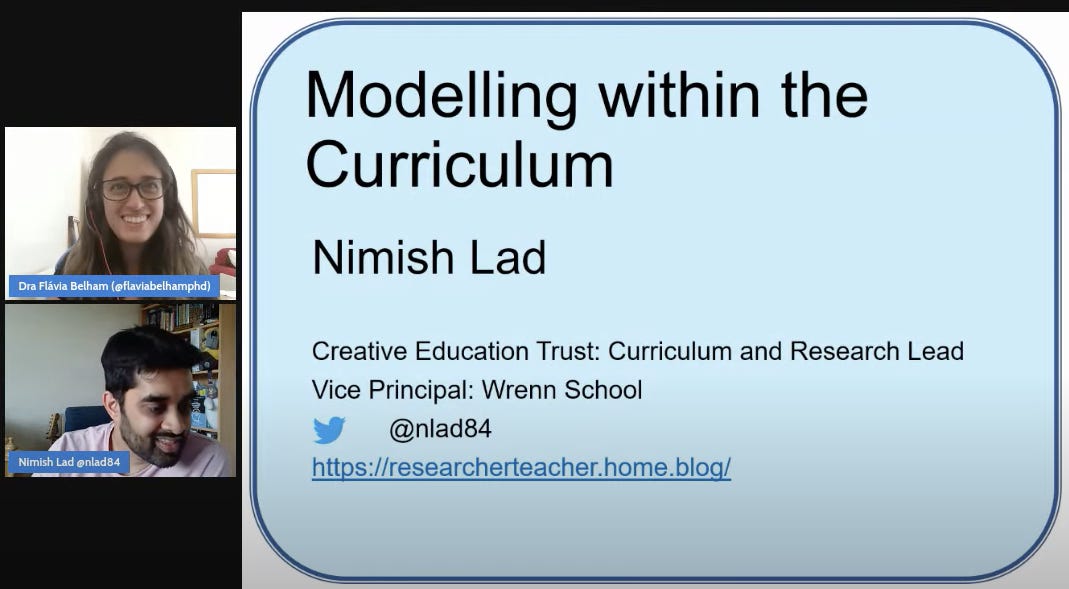On the 29th of July, Seneca hosted a mini-conference on Planning and Modelling the Curriculum, featuring talks by Nimish Lad and Mary Myatt.
Nimish talked about how to model within the curriculum. Below is a summary he wrote about it.
Click here to watch Nimish’s talk. Click here to download his slides. Click here to access more free CPD by Seneca!
Modelling within the curriculum
The thought that goes into delivering a curriculum, is just as important as the thought that goes into ensuring that is it well planned and well sequenced. The role of expertly crafted explanations, that students can access, understand and retain is crucial ensuring the curriculum has its desired impact. It is therefore crucial that we consider the role of modelling and a culture of practice within the curriculum. Both of these are discussed in detail in “Practice Perfect: 42 Rules for Getting Better at Getting Better” by Doug Lemov, Erica Woolway, Katie Yezzi.
Breaking down modelling:
Model and Describe
Modelling helps students replicate.
Describing helps students understand.
Use together so learners can flexibly apply what they have been taught.
Call Your Shots
Before you model, what is clear to the learner what they need to be looking for.
Make Models Believable
Model in a context similar to the situation that students will need to model in.
Live modelling is more believable than pre-recorded modelling.
Supermodelling
Model not only what you are teaching, but future skills that you wish your learners to be able to apply
Walk This Way
Learners imitate a model exactly as it is shown to them.
Skinny Parts
Model complex skills a single step at a time and repeat if necessary.
Repeat until mastery is achieved.
Model the Path
Model the process as well as the product
Get Ready for Your Close-up
Use video to capture models that can be analysed, used, and reused.
Developing a culture of practice
Normalise Error
Encourage calculated risk-taking and challenge in practice
Help students identify errors
Practice responding to errors
Break Down the Barriers
Overcome the barriers to practice by naming them, removing them, and diving into practice
Make it Fun
Create opportunities for friendly competition
Incorporate elements of surprise to keep students on their toes
Everybody Does It
Model the process of practice to the class
Ask for feedback on your demonstration of practice
Use language that highlights that everyone will practice
Leverage Peer-to-Peer Accountability
Allow students in groups to self-identify areas of knowledge they want to grow (based on feedback)
Encourage students to make mutual commitments to each other to support improvement through further practice
Praise the Work
Praise actions and not traits
Separate acknowledgment from praise
Create processes for recognitions
By breaking down the process of modelling, we can use models as part of carefully crafted explanations, leading to students developing their schema of the concepts being taught. Developing a culture of practice allows students to understand that reaching a point of fluency is crucial for deep learning and long-term recall to take place.

